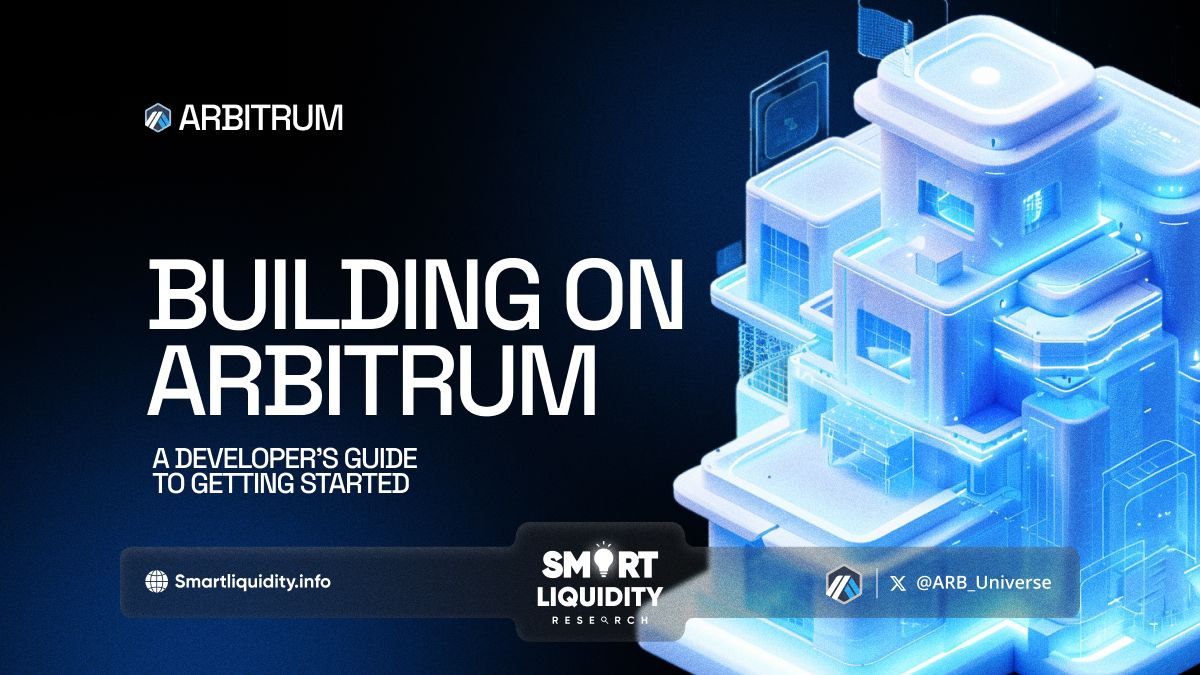Building on Arbitrum: A Developer’s Guide to Getting Started


Building on Arbitrum: A Developer’s Guide to Getting Started! Arbitrum is a layer-2 scaling solution for Ethereum that aims to improve the efficiency and speed of smart contract transactions while reducing costs. It leverages rollups to bundle multiple transactions together off-chain, which are then submitted to the Ethereum mainnet, ensuring security and decentralization.
If you’re a developer looking to get started with Arbitrum, this guide will walk you through the essentials.
Why Arbitrum?
Before diving into the technicalities, it’s crucial to understand why you might choose Arbitrum for your project. Some key advantages include:
- Scalability: Arbitrum can process thousands of transactions per second, significantly higher than Ethereum’s current capacity.
- Lower Costs: By moving transactions off-chain, Arbitrum reduces the gas fees associated with Ethereum transactions.
- Compatibility: Arbitrum is fully compatible with the Ethereum Virtual Machine (EVM), meaning existing Ethereum smart contracts can run on Arbitrum without modification.
Prerequisites
Before starting with Arbitrum, ensure you have the following:
- Basic Knowledge of Ethereum and Solidity: Understanding how Ethereum and smart contracts work is essential.
- Development Environment: Set up a local development environment with Node.js, npm, and an Ethereum development framework like Truffle or Hardhat.
- Wallet: An Ethereum wallet like MetaMask to interact with the Arbitrum network.
Setting Up Your Development Environment
1. Install Dependencies: Begin by installing the necessary tools. For this guide, we’ll use Hardhat.


2. Initialize Hardhat Project: Create a new Hardhat project by running:


Follow the prompts to set up a new project
3. Configure Network: Add Arbitrum to your Hardhat configuration. Edit the hardhat.config.js file:


Ensure you have your private key stored securely in an environment variable.
Deploying Smart Contracts
1. Write Your Smart Contract: Create a simple smart contract in the contracts directory. For instance, SimpleStorage.sol:


2. Compile the Contract: Compile your contract using Hardhat.


3. Deploy the Contract: Create a deployment script in the scripts directory, e.g., deploy.js:


Deploy your contract to Arbitrum:


Interacting with Your Contract
Once deployed, you can interact with your contract through a front end or directly using scripts. Here’s an example of interacting with the contract using Ethers.js in a script:


In Summary
Building on Arbitrum offers numerous benefits in terms of scalability, cost efficiency, and compatibility with Ethereum. By following this guide, you can set up your development environment, deploy smart contracts, and interact with them on the Arbitrum network. As you gain experience, you’ll be able to leverage Arbitrum’s full potential to create efficient and scalable decentralized applications.




